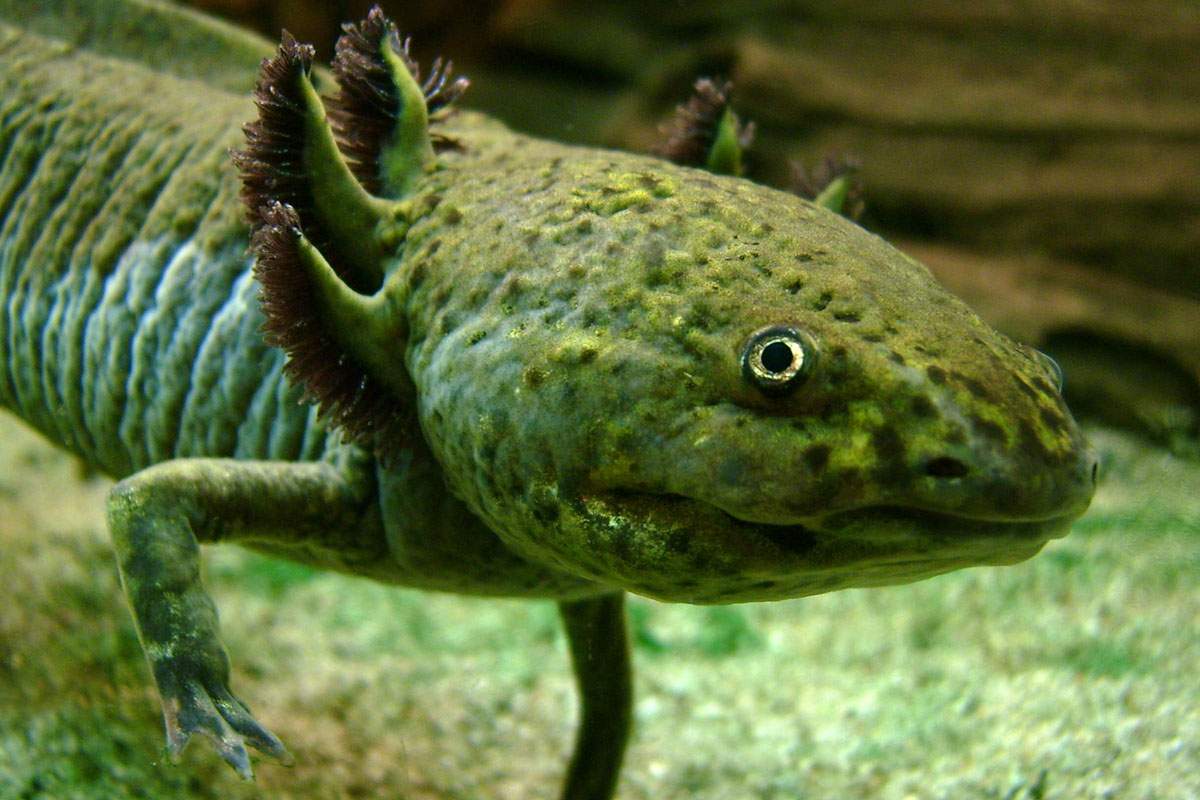
Axolotls are salamanders with frilly gills that are found in many aquariums. While axolotls are popular pets, they're also popular for scientists researching how the body heals itself.
Most salamanders go through a physical metamorphosis during adolescence, allowing them to move from the water to the land and reach sexual maturity.
But axolotls experience neoteny. They reach sexual maturity without ever undergoing metamorphosis, so they keep their larval features: a long dorsal fin and feathery gills at the back of the head. And this fascinating neoteny lets researchers study the aging process and puberty.
Axolotls have an amazing ability for regeneration. A lost tail, a damaged organ, a crushed spine--serious injuries are no match for this watery creature, which can regenerate these body parts in a matter of months.
Growing Stem Cells
A major part of this ability comes from the axolotl's stem cells. When a stem cell divides, the new cell doesn't necessarily remain a stem cell. Instead, it can convert into a specialized cell, like a brain cell or red blood cell.
In humans, this is largely a one-way process. For instance, our brain cells can never return to being stem cells. But when an axolotl loses a limb, its body will take specialized cells at the wound and actually transform them into stem cells. Then these stem cells become tissue, bones, skin and so forth as the axolotl needs, basically rebuilding the limb from the ground up.
As we continue to study how bodies fix themselves, the axolotl might offer some key answers in the fight against disease, aging and injury.
Sources and Further Reading
- Schipani, S. How to Save the Paradoxical Axolotl. Smithsonian.com, January 8, 2018.
- "Axolotl." National Geographic.









